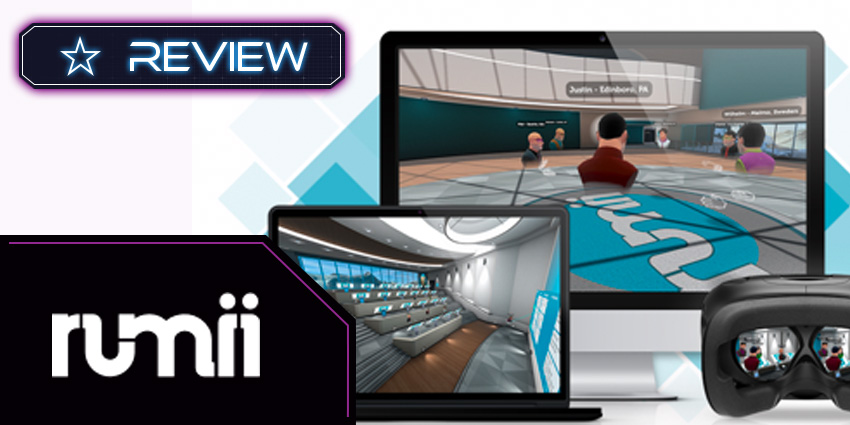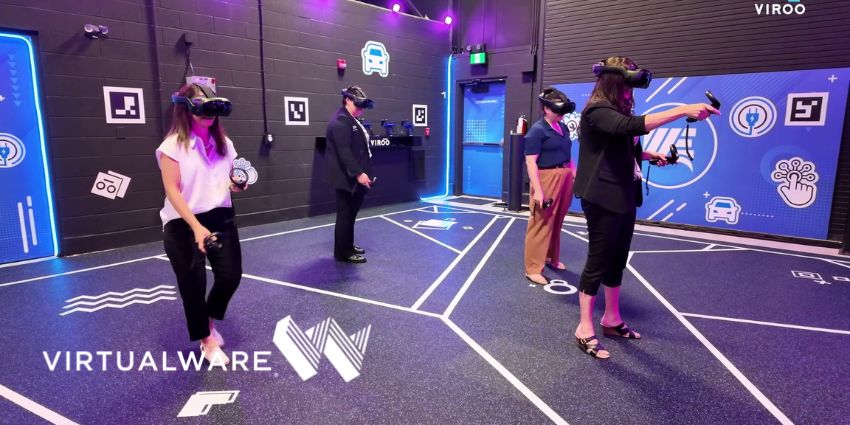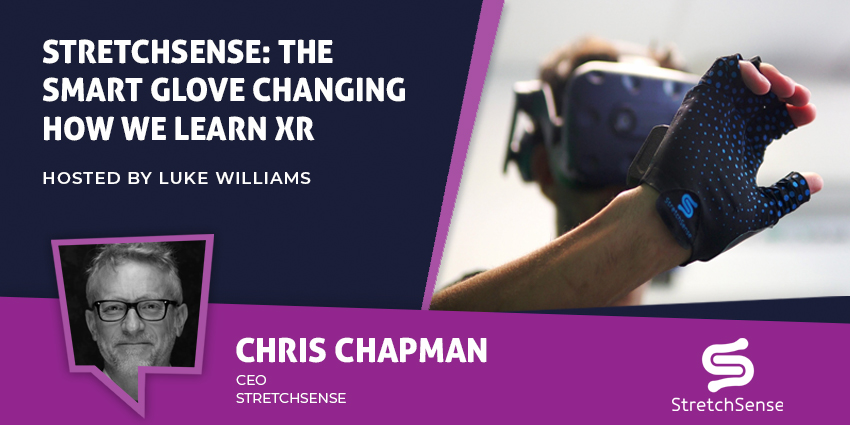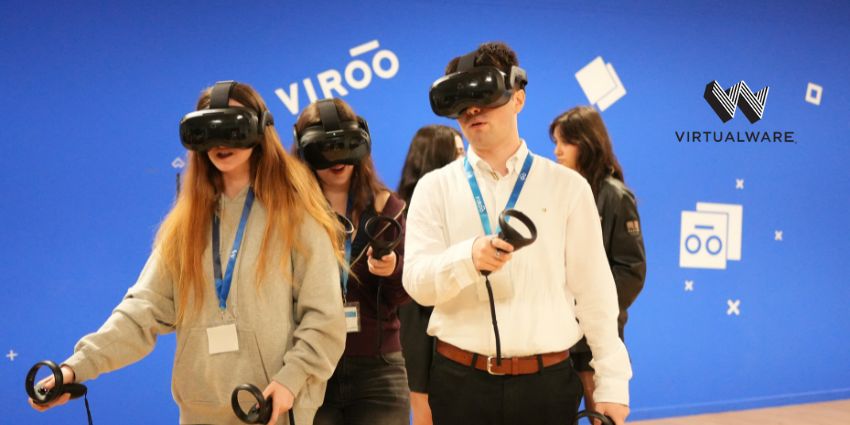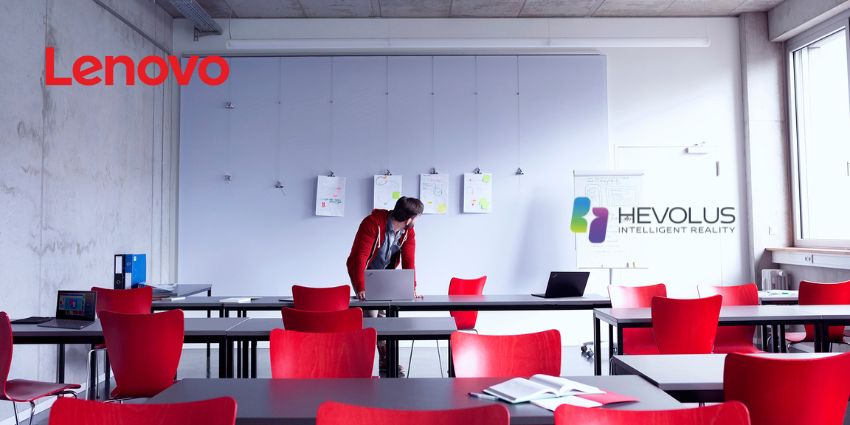Doghead Simulations launched Rumii in 2017, going public with the virtual workspace in which the company had been collaborating for around 78 weeks. It started off with a partnership with Full Sail University, an early user of the Rumii platform for VR-enabled education and training.
In 2019, Doghead Simulations launched Rumii 2.0, introducing a smoother customer experience, more convenient meeting join-in and naturalised interactions with 3D objects. Together, these features power a collaborative enterprise learning environment where you can communicate with ease and accelerate learning outcomes.
What are the Key Features of Rumii?
Rumii intersects enterprise collaboration and immersive learning to create a solution that can help anyone teach a complex concept in an average of 8 hours. This is achieved by the following features.
Instructor collaboration tools
All the tools an instructor would need in an enterprise learning environment are bundled into Rumii’s widget board. You have quick and convenient access without having to look up tools in a complex 3D object library.
Realistic, reloadable spaces
Rumii creates high quality and hyper-realistic renderings of enterprise environments. This keeps distractions to a minimum, as unfamiliar objects or unnatural elements do not capture the learner’s attention. These environments are persistent, which means that you can preserve objects or any 3d content asset in a virtual location of your choice, and it will stay locked in when you return. This is extremely beneficial for educators working across multiple sessions.
Self-created avatars
With Rumii, users are empowered to create their own avatars using the avatar customisation tool. Based on their personality, appearance, and stylistic preferences, users can create highly expressive avatars for themselves.
Shared assets
Rumii features shared asset logic, allowing an instructor or meeting host to directly share an image, video, or 3D object with other participants without requiring local access. It also means participants don’t have to waste time searching for an object in the file repository.
APIs and integration support
Recently, Rumii introduced advanced API support for organisations to build their own solution and VR worlds on top of Rumii.
What are the Benefits of Using Rumii?
Rumii transforms the meeting and collaboration experience in significant ways. In addition to your typical board room or conference room, we also have public rooms for social gatherings. Participants could potentially assemble in a public room after a training session for networking activities – public rooms don’t support screen sharing for security reasons.
Joining a session is remarkably simple, as you can send participants a meeting code, preventing unauthorised access.
Finally, capabilities like HD video, in-meeting chat, user notifications, and personal rooms make sure that you don’t miss any of the common features you are used to in a traditional communication and collaboration platform.
Who is Rumii for?
Rumii has three versions, each targeting a different customer use case. In addition to education (as we discussed) and enterprise collaboration, Rumii is also leveraged for defence use cases by the US air force. So, if you belong to any of these key categories, Rumii is definitely worth a look.
